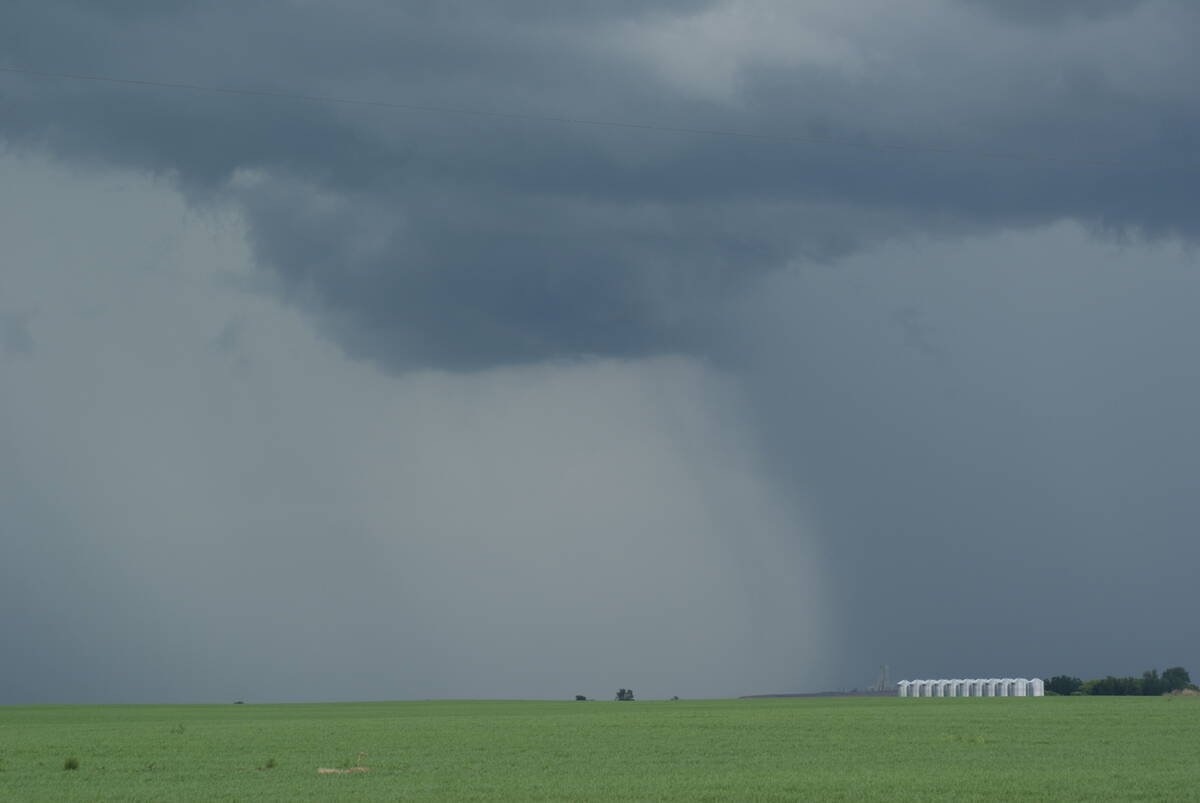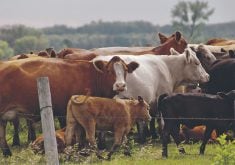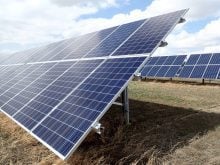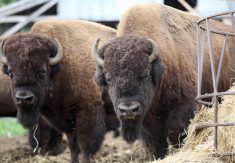As a farmer, it’s natural to look at the retail price of a steak or a loaf of bread and think, “someone’s making a lot of money on this, but it’s sure not me.”
This isn’t a complaint you’ll hear from the Price brothers.
The brothers, five farm boys from Acme, Alta., are involved in every step of the food chain. Sunterra Farms is a leader in pig genetics and a major hog producer.
Sunterra Meats has two plants processing pork, beef, bison and lamb.
Read Also

Canadian farmers need new tools to support on-farm innovation
Farmers need a risk management buffer that actually works and investment that drives advancements forward if Canada is to build resilience.
Sunterra Market sells meat and a host of other farm products. If you live in Calgary or Edmonton, it will even cater your dinner party.
When you do everything from selecting pig genotypes to making the port wine demi-glace on stuffed porkloin – at $20 for an eight-ounce serving – you’ve truly mastered the concept of farm-to-fork food production.
Having the entire value chain contained within one family also gives you a different perspective on sharing the profits. In fact, says Dave Price, profit-sharing isn’t on the menu.
“In a value chain, producers and meat packers tend to look at the players on either side of them and say, ‘the other guys are making all the money, so what we need to do is force them to do better by us,’ ” says Price, chair of the Sunterra group of companies.
“We make the decision to invest – whether that’s in packing and processing or in retail – on the basis of that business and not in the expectation it’s going to benefit the farm.”
Price uses words such as “synergies” and has an intimate knowledge of how various links in the production chain can increase profitability by working co-operatively.
But he also knows that a value chain is only as strong as its weakest link. It would be foolish to try to compensate for an inefficient packing plant by forcing Sunterra Market to overpay for its pork.
According to Price, doing the obvious isn’t always easy because you have to stop thinking like a farmer and adopt the viewpoint of the processor or retailer.
“People tend to look at the world in terms of their own experience,” he says.
“It takes discipline to step out of your own world into another one.”
That has led to some decisions that, in another context, might have had Price the farmer grumbling about the greed and hardheartedness of Price the meat packer.
For example, several years ago the family looked at the high cost of feed in Western Canada and opted to shift a significant portion of its hog finishing to the U.S.
Sometimes Price the meat packer asks Price the farmer to do things for no reward.
An example of this is finishing hogs to a slaughter weight of 265 pounds instead of 250 because Sunterra Meats can earn a premium on larger loins. The farm gets compensated for its extra feed costs, but the profit from the premium goes to Sunterra Meats.
“We use the knowledge we have about farming to look for efficiencies and synergies that can make more money for the (meat) business,” says Price.
“By doing so, we can increase the value of the farm’s investment in that business.”
It’s a mistake to enter into a value chain seeking only to get a better price for your product. That can only happen if you find ways to create value that benefit both sides, says Price.
“You can’t compromise the ability of that business to perform in its world,” he says.
This philosophy applies as much to an individual farm as it does to a value chain. Price recommends farmers view their own business as a series of separate enterprises.
He cites the example of a producer growing barley and feeding it to his cattle.
Rather than view his business as a single entity, he should see it as two businesses – one that grows grain and another that feeds cattle.
Producers should ask themselves whether they could sell that barley elsewhere for a price above what it would cost to buy feed from an alternative source. Maybe you shouldn’t even be growing barley but something more profitable for your grain business.
What about that guy who combines your barley? If that’s you too, maybe you should look at other alternatives. Maybe your neighbour can do the job more efficiently. Maybe you’d be better off contracting the work and giving yourself the pink slip.
The story of the Price family is partly a classic tale of entrepreneurship and a willingness to take on the challenges and the risks that come with opportunity.
But it’s also a story of being hardnosed and insisting no part of the business gets a free ride. Can you say the same about your farm business?
Glenn Cheater is editor of the Canadian Farm Manager, the newsletter of the Canadian Farm Business Management Council. The newsletter as well as archived columns from this series can be found at www.farmcentre.com.














